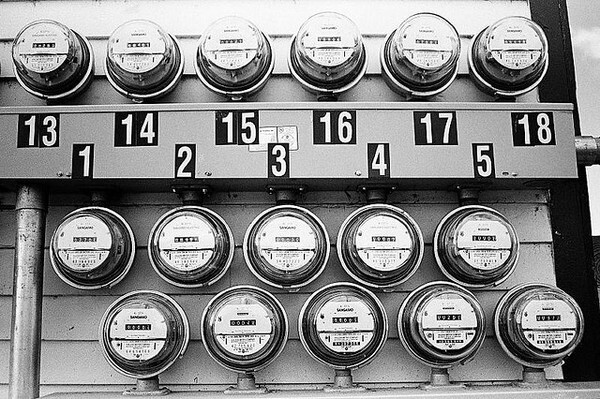Analyst: Germany's 'Expensive' Solar Incentives Cheaper than U.S.'s

It turns out Americans pay more for renewable energy per kilowatt-hour than Germans do. | Photo: nick p./Flickr/Creative Commons License
We've covered Germany's astounding gains in solar power generation capacity, most of which can be credited to the country's program that pays small generators a premium rate for their power. But economic analysts have criticized that program for being too expensive, causing higher utility bills to pay for it.
Despite the criticism, according to a senior financial analyst at the National Renewable Energy Laboratory (NREL), it turns out German ratepayers are actually getting a far better deal for their money than U.S. ratepayers and taxpayers are getting from American programs. Germans are spending less per kilowatt-hour of renewables, and reaping growth in their solar industry that makes ours look stagnant.
Related

What Are? PACE Loans, Feed In Tariffs and Net Metering
NREL's senior financial analyst Michael Mendelsohn, in a September 19 post on NREL's blog, crunches the numbers to compare U.S. federal subsidies for solar photovoltaic projects with Germany's popular Feed-In Tariff. His conclusion: when you account for the fact that PV panels put out more energy in most of the U.S. than they do in Germany, Germany's feed-in tariff is only about half as expensive per kilowatt as subsidized PV in the U.S., not including state and regional program subsidies. And yet that relatively smaller subsidy has spurred growth in the solar sector that's five times that in the U.S.Those federal subsidies include depreciation benefits, which pay back about a quarter of equipment costs, and investment tax credits, which cover another 30% of upfront cash layout. As the German feed-in tariff rate combines both subsidies and payment for power, Mendelsohn added average electricity prices in the U.S. to the subsidies amount. The result: the theoretical cost of electricity from household rooftop solar in the U.S. was the same as under the German feed-in tariff.
That's "theoretical," though. Germany isn't nearly as sunny as most of the U.S., and thus solar panels here put out more power. When Mendelsohn corrected for the differences in likely power output for the two countries, Germany's feed-in tariff turns out to be significantly cheaper: if that feed-in tariff had installed PV in the US, the cost per kilowatt hour would have been about 56% of the U.S. programs' cost.
Figures were almost as striking for commercial PV installations with Germany's program 58% as costly as the U.S.'s system of subsidies. "One factor that slows US deployment," said Mendelsohn, "[is that] the use of tax policy to support solar and other renewables in the U.S. can lead to cumbersome financial structures that incur significant transactional costs to implement." In other words, paying people up front with a single check is a better incentive than hiding the subsidy deep inside the next tax return they file. That incentive may become even effective if the Investment Tax Credit on PV is allowed to drop from 30% to 10%, as it is set to do in 2017.
ReWire is dedicated to covering renewable energy in California. Keep in touch by liking us on Facebook, and help shape our editorial direction by taking this quick survey here.


